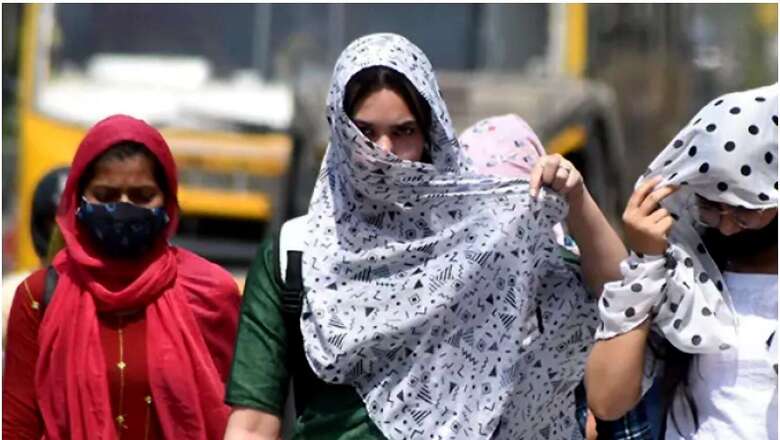
views
With the winter season still lingering around, concerns for an especially heated summer have already started doing rounds, with seven states recording higher-than-usual maximum temperatures. In seven states — Punjab, Odisha, Himachal Pradesh, Rajasthan, Gujarat, Chhattisgarh and Jharkhand — the maximum temperatures seen in recent days, surpassed those usually recorded in mid-March.
Going by this data, March will naturally be hotter than usual too, and hence, people in most parts of India should brace for a hotter summer. According to a Hindustan Times report, such high temperatures mean that seven states have experienced mid-March maximums at least once in the last week.
Hotter Than Usual in 17 States in Total
The India Meteorological Department (IMD) earlier revealed that the average maximum in Odisha and Himachal Pradesh hit the 1981-2010 average for March 18 once last week. The same pattern was seen in Gujarat and Rajasthan on March 17, in Chhattisgarh on March 15, in Punjab on March 12 and in Jharkhand on March 14.
For another 10 states, the maximum was around two weeks ahead (late February levels) on at least one day in the last week. These states are Uttarakhand, Haryana, Delhi, Uttar Pradesh, Madhya Pradesh, Maharashtra, Karnataka, Andhra Pradesh, Telangana, and West Bengal.
Will March be Warmer too?
Logically looking at IMD stats, March can be significantly hotter than usual, given how February is resembling March’s usual maximum temperatures. Of the 39 warmer-than-normal February months since 1951, 27 were followed by a warmer-than-normal March.
However, there is no strong correlation between the temperature deviation in these two months. In fact, the three hottest February months (2006, 1960, and 1967) were followed by a colder-than-normal March, which means that one must wait before pressing the panic button as far as the fate of the winter crop is concerned.
Absence of Winter Rain Responsible
The reason for this early heat is a lack of winter rain this year. According to IMD’s forecast issued on February 16, there is no relief for most of the country in the next two weeks either. If these trends do not change, they could have a significant adverse effect on this year’s winter crop, especially wheat.
Early heat will also be damaging to the wheat crop, as Punjab is also one of the states with higher maximum temperatures these days.
Read all the Latest India News here


















Comments
0 comment